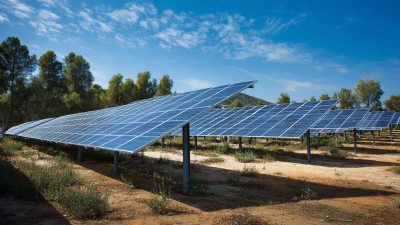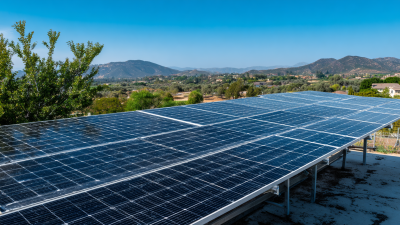Blog
Challenges Faced with 400 Watt Solar Panel Installation
The increasing popularity of renewable energy sources has led to a surge in the installation of solar panels, particularly the powerful 400 watt solar panel. This advanced technology promises greater efficiency and energy generation, making it an attractive option for both residential and commercial applications.
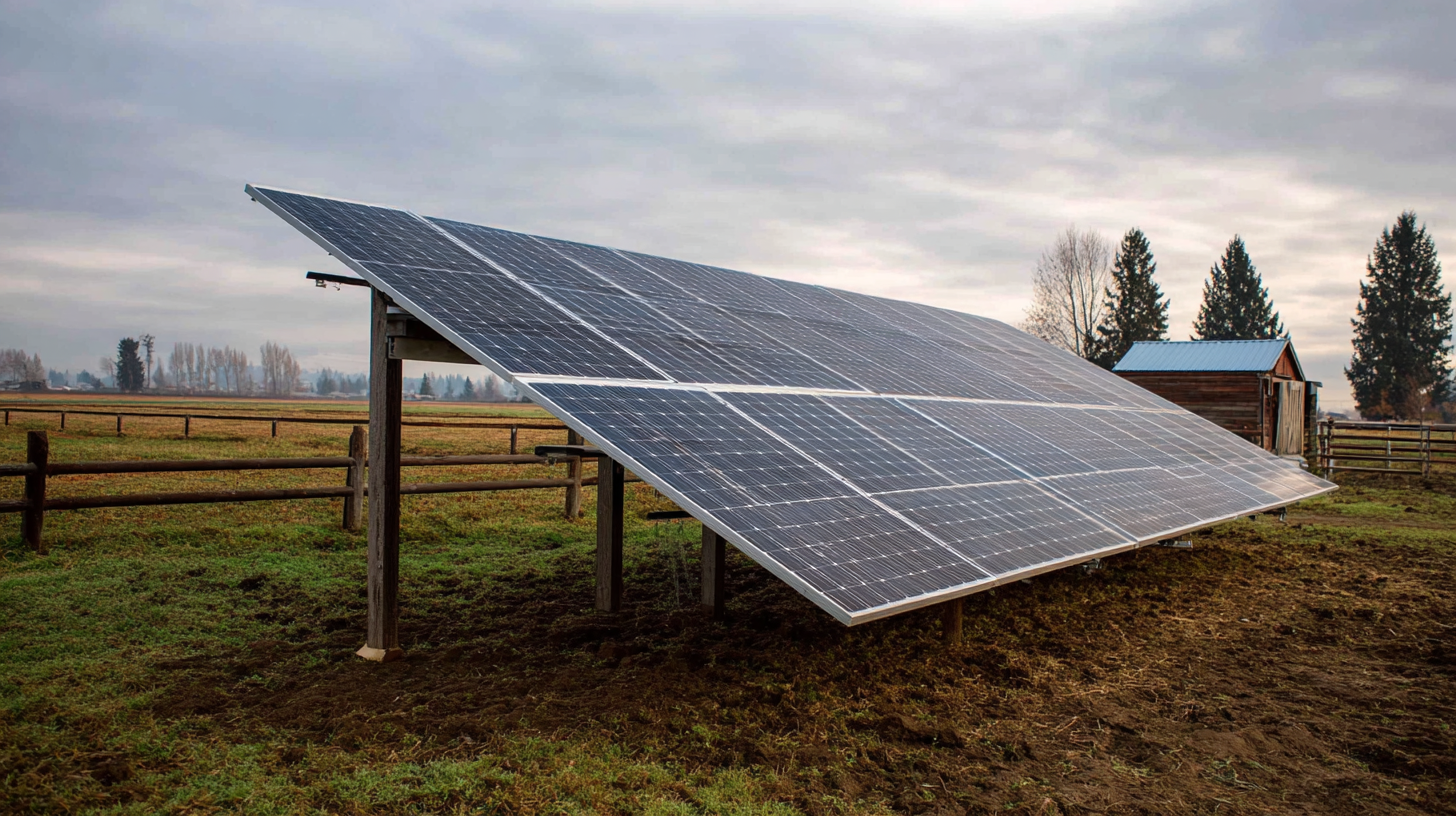
However, the journey towards harnessing the full potential of these solar panels is not without its challenges. From structural considerations to regulatory hurdles, the installation of 400 watt solar panels can present a unique set of difficulties.
In this blog, we will delve into the various obstacles faced by homeowners and businesses alike when integrating these robust solar systems, while also highlighting the innovative solutions that may pave the way for a brighter, more sustainable energy future.
Join us as we explore the intricacies of 400 watt solar panel installation and the transformative potential it holds for our energy landscape.
Understanding the Installation Process of 400 Watt Solar Panels
The installation process of 400-watt solar panels presents unique challenges that homeowners and professionals must navigate effectively. Understanding the foundational aspects of this installation can significantly influence the overall success and efficiency of the solar energy system. According to the Solar Energy Industries Association (SEIA), the proper placement and orientation of solar panels can improve energy output by up to 25%. Therefore, evaluating roof space, angle, and surrounding obstructions, such as trees or nearby buildings, is crucial before installation begins.
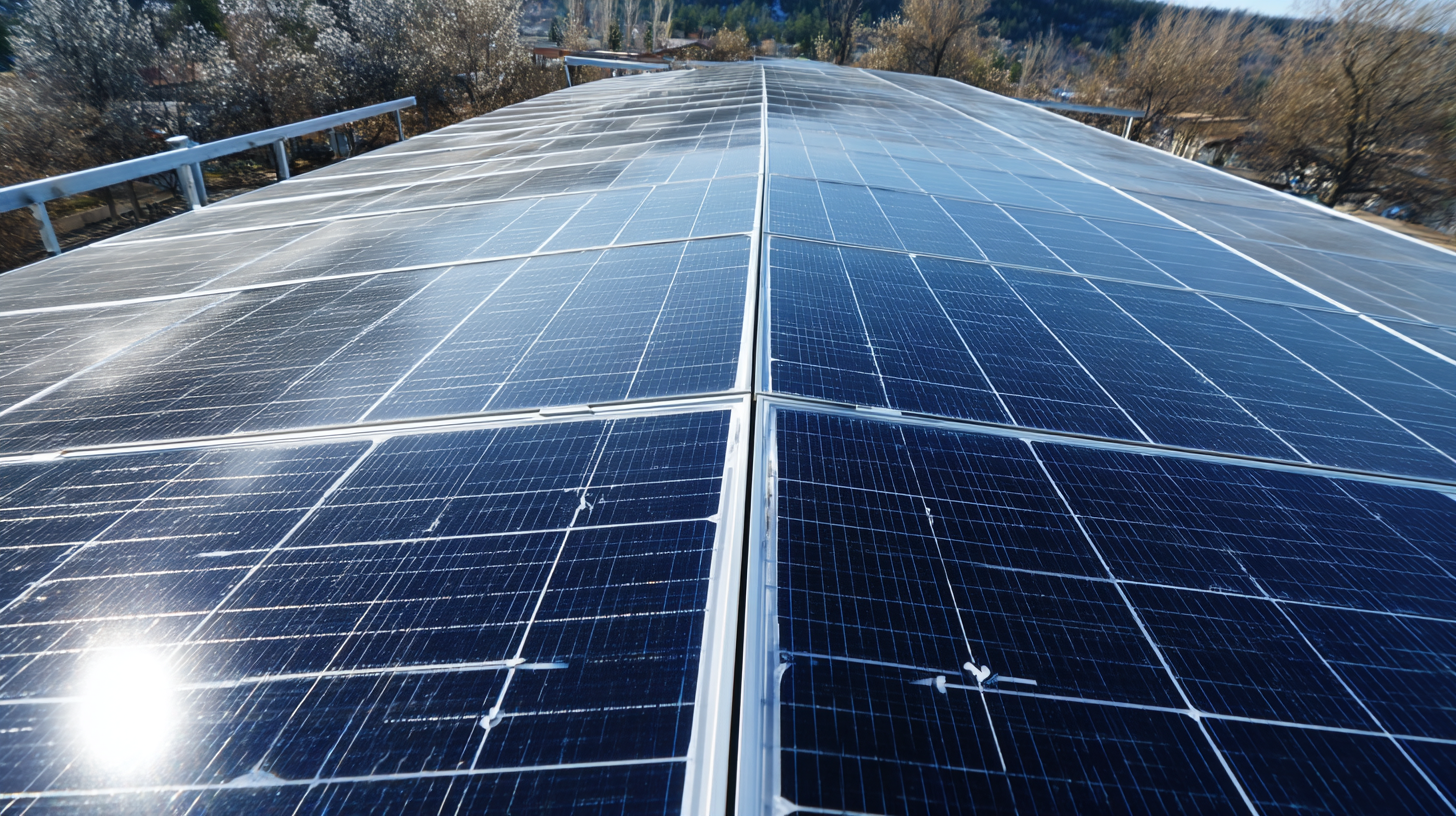
Furthermore, the technical requirements for connecting a 400-watt solar panel system to the electrical grid can be complicated. A report by the National Renewable Energy Laboratory (NREL) indicates that integrating solar systems into existing electrical grids can lead to challenges related to compatibility and safety. It’s essential for installers to adhere to local building codes and electrical standards, which vary by region and can impact the installation timeline and costs. Engaging with experienced professionals who understand these regulations can ease the installation process, allowing homeowners to harness the benefits of solar energy efficiently.
Common Barriers to Successful Solar Panel Installation
Installing a 400-watt solar panel system can provide significant energy savings, but several common barriers can hinder a successful setup. One major challenge is finding a suitable location for installation. Roofs may not have the optimal angle or orientation for capturing sunlight, or nearby structures and trees can create shading that diminishes the panels' efficiency. Homeowners must conduct a thorough assessment of their property to ensure that the chosen installation site maximizes sunlight exposure throughout the day.
Another key obstacle is the upfront costs associated with solar panel installation. While prices have decreased in recent years, many homeowners still find the initial investment daunting. Additionally, navigating the various financing options and potential incentives can be overwhelming. It is essential for prospective buyers to research available subsidies, tax credits, and financing plans to make solar energy more accessible. Furthermore, hiring qualified installers is crucial, as improper installation can lead to reduced system performance and longevity. Addressing these barriers can help homeowners make informed decisions and achieve a successful solar panel installation.
Evaluating the Cost-Benefit of Alternative Solar Solutions
When evaluating the cost-benefit of installing a 400-watt solar panel system, it's essential to consider not only the upfront investment but also alternative solar solutions that may offer better returns. According to the National Renewable Energy Laboratory, the average cost of solar panel installation can range from $2.50 to $3.50 per watt. This places the total cost of a 400-watt system between $1,000 and $1,400, excluding potential federal tax credits and local rebates. However, alternative solutions like community solar programs or solar leasing options can help homeowners avoid high initial costs while still reaping the benefits of renewable energy.
Tips: Before committing to a purchase, homeowners should assess their local solar resources and average sunlight hours. Utilizing tools like Solar-Estimate.org can provide insights into expected energy production and savings based on unique geographic locations. Additionally, consulting with local solar installers can yield competitive quotes, helping to uncover financing incentives tailored to your situation.
Moreover, integrating battery storage solutions with traditional panel systems can maximize energy use. The U.S. Energy Information Administration suggests that homeowners can save about 40% on their monthly energy bills by using battery storage in combination with solar energy. This holistic approach not only enhances energy independence but also offers a more sustainable financial model. Exploring options outside the conventional panel installation may lead to smarter investments in the long run.
Challenges Faced with 400 Watt Solar Panel Installation
This bar chart illustrates the cost vs benefits of various challenges encountered during the installation of 400 Watt solar panels, including installation cost, maintenance, efficiency, and return on investment.
Innovative Strategies to Overcome Installation Challenges
Installing a 400-watt solar panel system can present various challenges, from site selection to regulatory compliance. Innovative strategies are essential in navigating these obstacles effectively. One approach involves leveraging advanced analytics and AI technology to assess site conditions, ensuring optimal installations tailored to geographic and climatic variables. This technology can help in preemptively identifying issues such as shading, structural integrity, and energy consumption patterns, ultimately streamlining the installation process.
Additionally, collaboration across disciplines is vital for overcoming installation challenges. Engaging with stakeholders—including local governments, engineering firms, and sustainability experts—can foster innovative solutions that address regulatory requirements while ensuring safety and efficiency. For instance, creating a community-based initiative to educate local residents about solar energy benefits can facilitate smoother permitting processes and enhanced public support. By combining strategic foresight with community engagement, the solar panel installation process can not only advance technological adoption but also contribute to sustainable development goals in the energy sector.
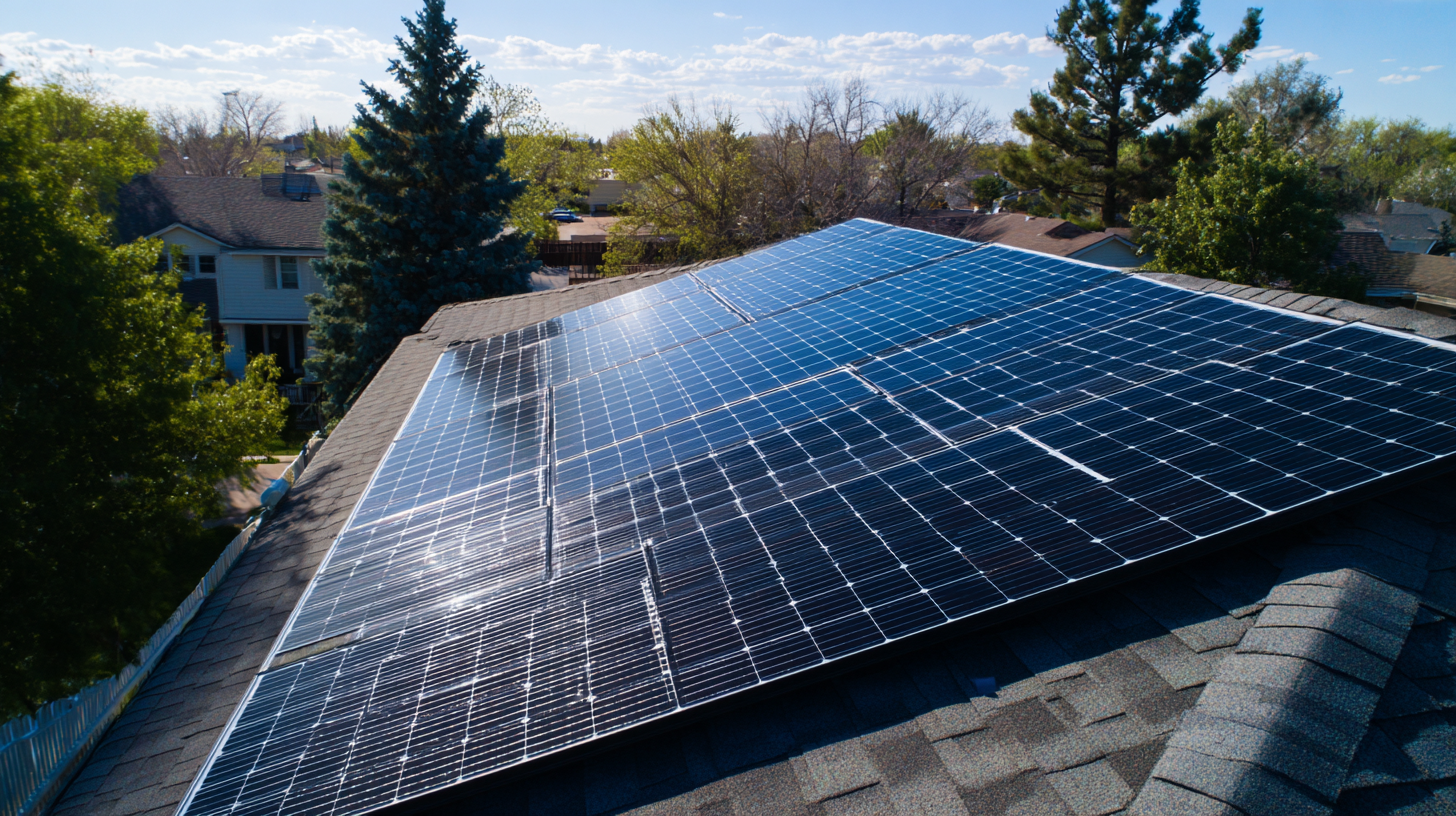
Maximizing Efficiency: Alternatives to 400 Watt Solar Panels
When considering solar panel installations, the appeal of 400 watt panels is undeniable due to their ability to generate significant energy output. However, maximizing efficiency often leads installers and homeowners alike to explore alternatives that can optimize performance and reduce costs. For instance, smaller panels, ranging from 300 to 350 watts, are becoming increasingly popular. According to the National Renewable Energy Laboratory (NREL), these smaller units can sometimes offer better space optimization, especially in residential areas where roof size is limited.
Additionally, bifacial solar panels, which capture sunlight on both sides, have emerged as a leading alternative. A report by the Solar Energy Industries Association (SEIA) notes that bifacial panels can increase energy generation by 10% to 20% compared to traditional monofacial panels, making them a compelling choice for maximizing energy yield without necessarily increasing the overall size of the installation. Moreover, incorporating tracking systems with any solar panel type can further enhance efficiency by adjusting the panels' angles throughout the day to optimize sunlight exposure. This combination of advanced technologies provides a pathway toward achieving greater energy output and sustainability in solar installations.

